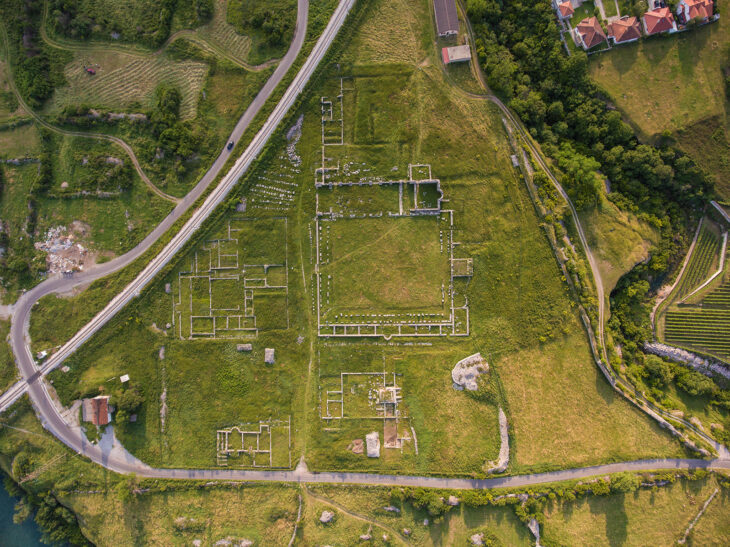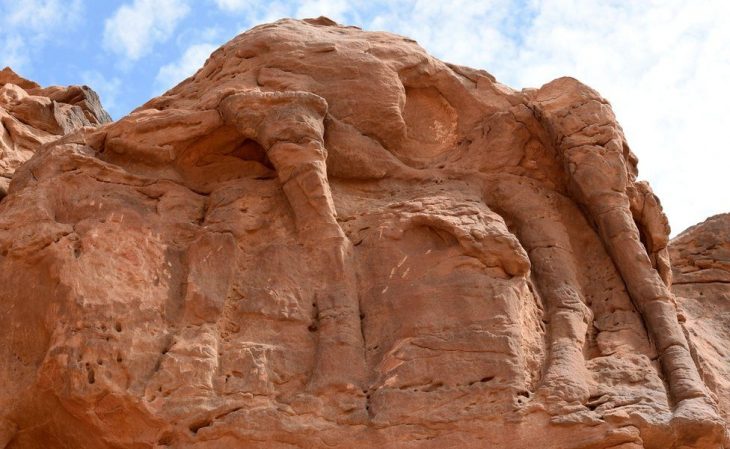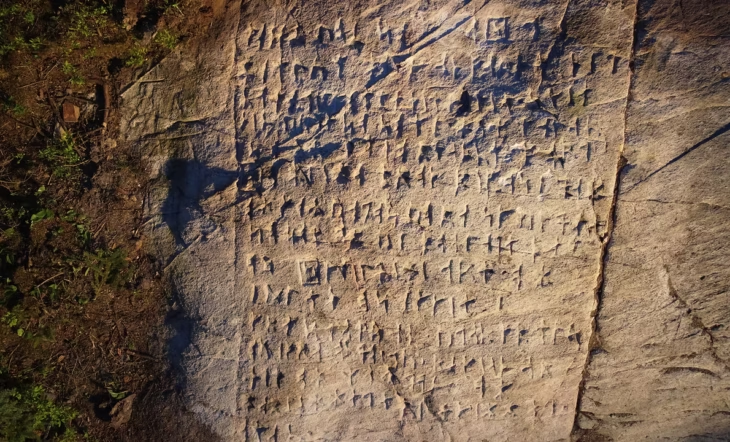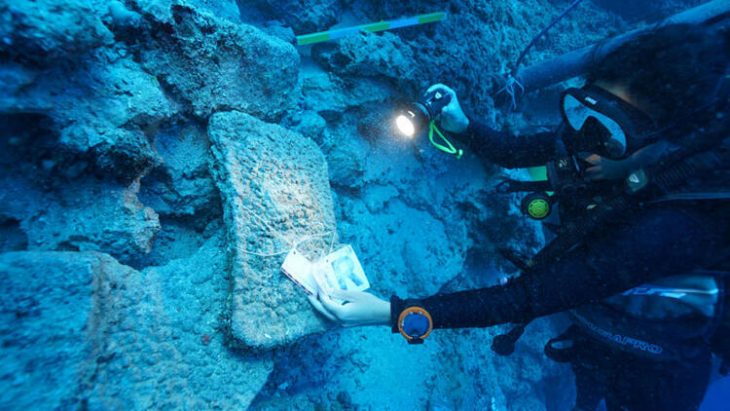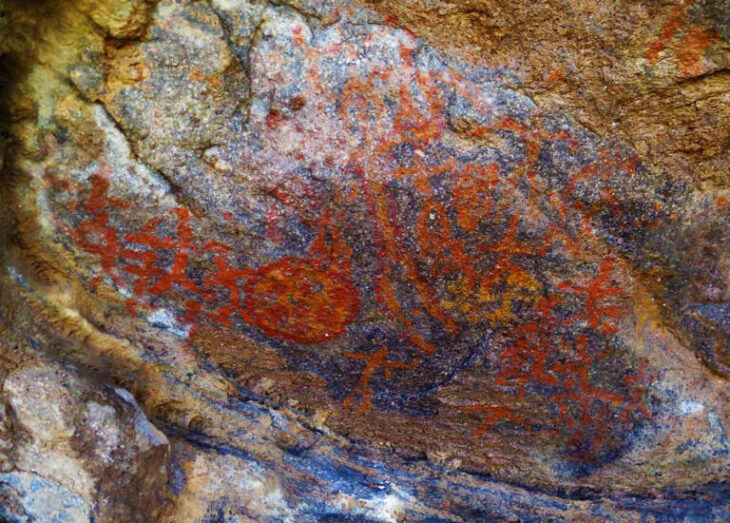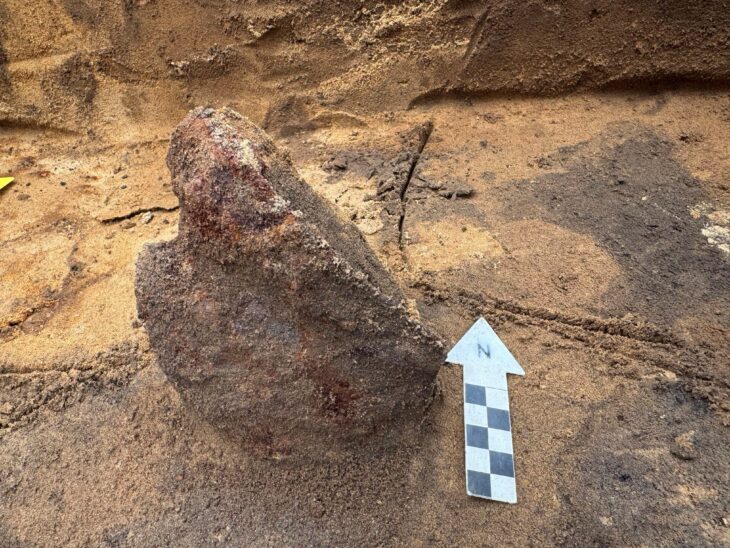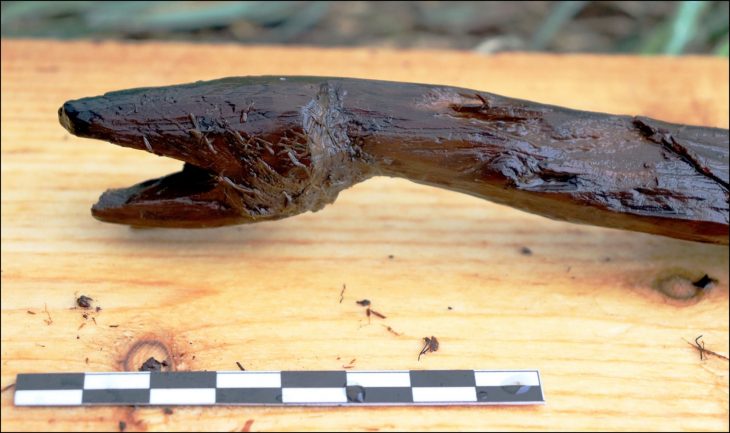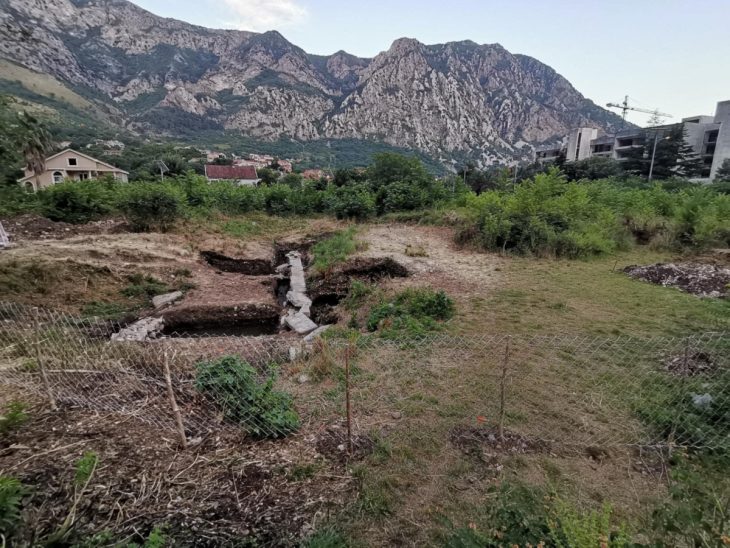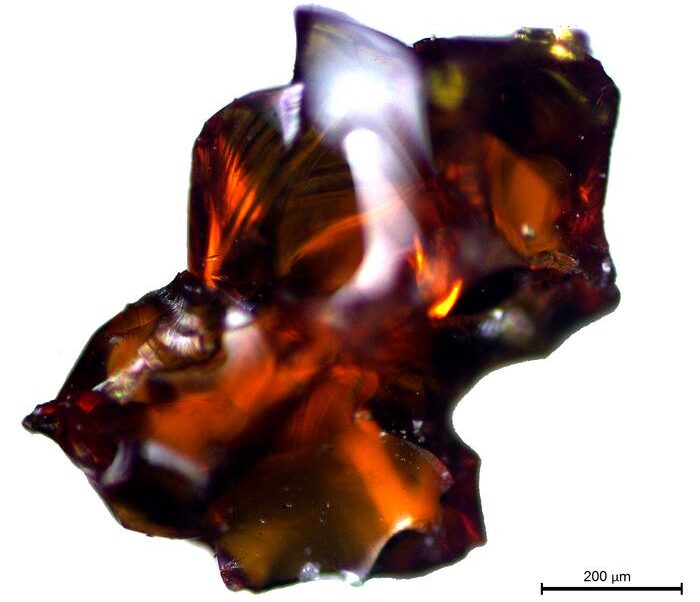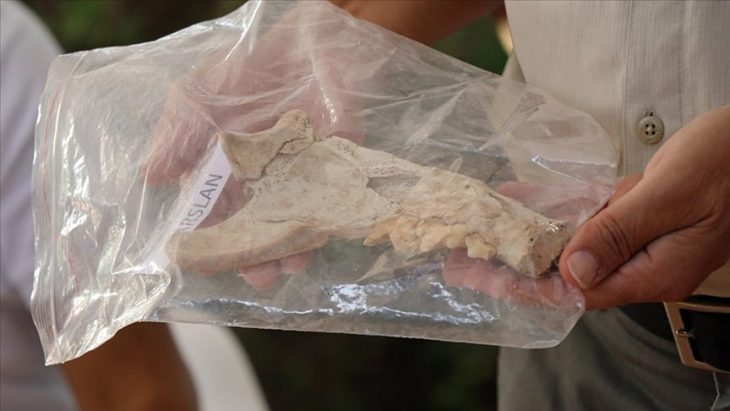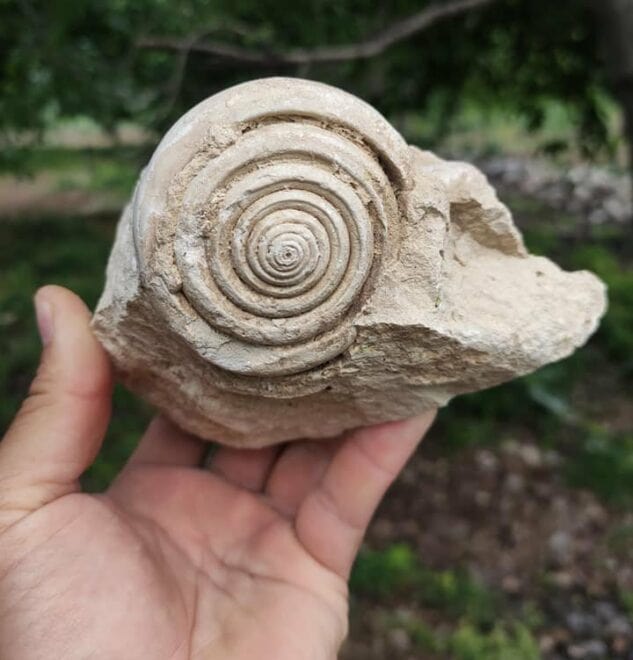The collection of the Army Museum in Białystok, Poland has been enriched after renovation with a unique relic of great historical value – an early medieval sword of the Viking type, dating from the 9th or 10th centuries. It was found by an employee of this institution while diving in the Supraśl River over two years ago.
This rare artifact, which was found by museum employee Szczepan Skibicki in 2022 while diving in the Supraśl River, is among only a handful of similar swords discovered in the country.
Skibicki stumbled upon the sword in a river bend where erosion had exposed a sand deposit. “At about 120cm [four feet] deep,” Skibicki recalled, as translated from Polish to English through Facebook, “I spotted an interesting object which turned out to be a sword! Then for the first and last time, I screamed for joy under the water!… Thanks to my education and work I knew how to secure it and which services to notify.”
He likened the discovery to winning the lottery, reflecting on the extraordinary luck involved in unearthing such a treasure.
The sword, which may have been linked by Baltic or Viking cultures, was forged in the late ninth or early tenth century, according to experts. Despite Poland’s lack of Viking activity, archeological evidence demonstrates that the Vikings were present at important administrative and commercial hubs during this time. The unique hilt of the weapon denotes its design, which is in keeping with Viking craftsmanship while also suggest potential Baltic community influences.
📣 Our WhatsApp channel is now LIVE! Stay up-to-date with the latest news and updates, just click here to follow us on WhatsApp and never miss a thing!!

Dr. Ryszard Kazimierczak of Nicolaus Copernicus University in Toruń highlighted the sword’s rarity and cultural significance: “The sword is unique due to its form, shape, and the degree of preservation of organic material visible on the hilt. This is incredibly rare for artifacts of this age.”
“We think there is a high probability that there was a fight by the river, a battle and the sword was in the water with its owner,” Kaźmierczak said, per the museum’s Facebook post.
The blade itself tells a story of conflict, bearing micro-cracks, scratches, and splinters likely resulting from combat. “The middle part shows how time and use have acted upon it,” explained Robert Sadowski, director of the Army Museum. “When these swords were used in battle, the middle part absorbed the most blows, leading to the wear and tear visible today.”
The Ministry of Science and Higher Education noted in its press release that before the sword could be transferred to the Army Museum it had to go through legal protocol overseen by the Provincial Conservator of Monument. Once it became the property of the Army Museum, the sword went into conservation involving specialists from the Institute of Archaeology of the Nicolaus Copernicus University.
Cover Image Credit: Artur Reszko / PAP


